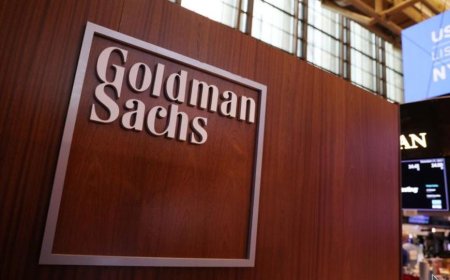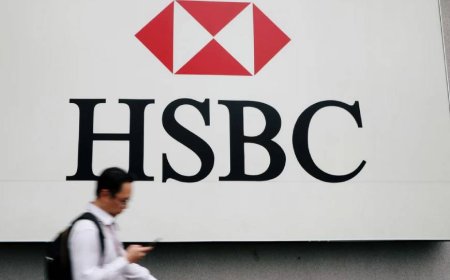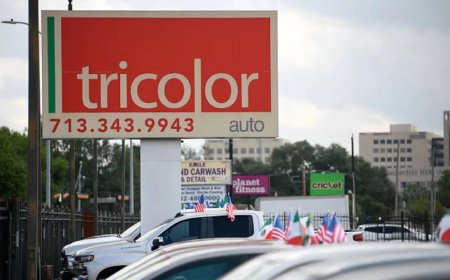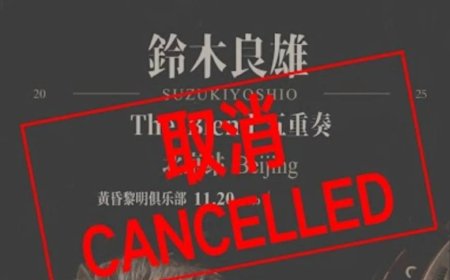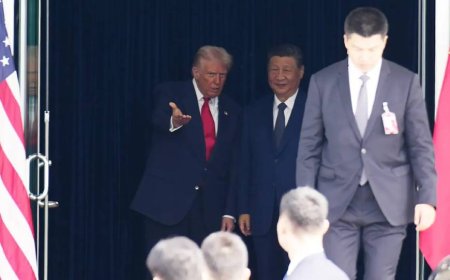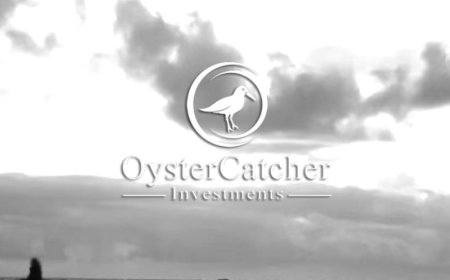Banco Nossa Caixa S.A.
São Paulo, 1917. The coffee industry suffers with the almost total cease of the exports to Europe, Brazilian most important consumer market, due to World War I (1914-1918). The recession caused by the conflict modifies even more the social scenario, as well as the political, and, above all, the economic. The instability in the Economy makes the people’s expenses to be made much more cautiously. Th

São Paulo, 1917. The coffee industry suffers with the almost total cease of the exports to Europe, Brazilian most important consumer market, due to World War I (1914-1918). The recession caused by the conflict modifies even more the social scenario, as well as the political, and, above all, the economic. The instability in the Economy makes the people’s expenses to be made much more cautiously. The priority begins to be the formation of personal estate. The moment was perfect to the creation of the São Paulo’s “Caixas econômicas” (Savings Banks), an initiative that didn’t succeed in the former governments. In 1882, when São Paulo was governed by Bernardino de Campos, the Law nº 117, of October 1st, authorized the creation of the Savings Banks at the State of São Paulo. However, for being considered out of its time, was later revoked by the São Paulo’s House of Representatives. In October 30, 1916, the governor of São Paulo in charge, Altino Arantes, enacted the Law nº 1,544, of the House of Representatives, creating the Savings Banks at São Paulo (capital city), Santos (coastal city), Campinas and Ribeirão Preto (interior cities). They were destined to receive little deposits and to stimulate the formation of popular personal estates. The enact nº 2,765, of January 19, 1917, enacted the law. 1917 – Caixa Econômica do Estado de São Paulo (Savings Bank of São Paulo) On March, 22 1917, the Savings Bank of São Paulo, at the capital, started its activities. 2005 – The listing on the Stock Exchange In 2005, the Bank became a public company and the first Brazilian financial institution to join the Novo Mercado segment of Bovespa (São Paulo’s Stock Exchange). The companies with its stocks listed on this segment undertake to adopt the highest Corporate Governance level and modern practices of disclosure, treating equally all its shareholders. The IPO was very well accepted by the market, the local much as the international. The total demand surpassed about 10 times the original offer, making the controllers to offer a green shoe, that was too totally absorbed by investors. 2006 – New Business In the year of 2006, the initiatives were directed to the opening of current accounts of the state civil servants that began to receive their wages through Nossa Caixa. The investments in infrastructure, technology, personnel and publicity made possible the opening of about 800 thousand new current accounts, of which 590 thousand were opened to the state civil servants. The bank also fulfilled operational deals in areas that aren’t part of its main business to widen its business and offer a portfolio of products and services more complete each day. Products of property and casualty insurances were launched in the segments of vehicle, business, rural and home, in partnership with the companies Mapfre, Porto Seguro and Sul America. It was also signed an operational deal with Rodobens Administração e Promoções Ltda for the sale of real estate pools. 2007 – Modernization and Search for Efficiency In the year 2007, Banco Nossa Caixa formalized a sign with São Paulo’s Finance Office, on March, 27, that gave to the Bank the exclusivity to render services related to the state civil servant’s payroll, by the term of 60 months. With the migration of the state civil servants, that began to receive their wages through Banco Nossa Caixa as from January, 2007, the Bank achieved 200 thousand new clients within the year. During the year, partnerships were launched with Rodobens Consórcio to the offer of the products Consórcio de Automóveis Nossa Caixa (Car finance pools), and with the Rodobens Negócios Imobiliários to the building and sales of houses, another option of real estate loan. Still, a bid was carried out to the exclusive usage of the branches network of the Bank to the sales of real estate finance pools. As from 2007, the accounting reports of Banco Nossa Caixa began to be presented also according to the American pattern US GAAP (Generally Accepted Accounting Principles in the United States). The São Paulo’s economy is responsible for 33.9% of the Brazilian Gross Domestic Product (GDP), and Banco Nossa Caixa strategically concentrates it’s strengths in the State of São Paulo, the economic center of the country. With a population 41.1 million inhabitants, the State hosts next to one third of the more than 19 thousand bank branches spread through Brazil and employs about half the workers of the financial institutions of the country. Still, the State of São Paulo is responsible for 29.2% of the value of the national exports, for 30.2% of the value created by the national industry and for 55.3% of the revenue of the Brazilian services sector. It is also responsible for approximately 57.0% of the credit operations and for 60.0% of the deposits registered in the National Financial System. 2008 – Takeover of Nossa Caixa by Banco do Brasil On December, 19 2008, a contract was signed between the São Paulo’s State Government and Banco do Brasil for the takeover of Banco Nossa Caixa by Banco do Brasil. 2009 – Control Stake transfer to Banco do Brasil The divest of the control happened on March 16, 2009, with the transfer of the ordinary shares belonging to the State of São Paulo to Banco do Brasil, equivalent to 71.25% of the shareholder capital and of the voting capital in the same proportion. In exchange, Banco do Brasil paid the first of the 18 installments that will sum R$5.4 billion, equivalent to R$70.63 per share.
Address: Rua XV de Novembro, 111 - 7º andar CEP: 01013-001 - São Paulo - SP, Brazil
Phone: +55 11 3244 6384
FAX: +55 11 3244 6944








